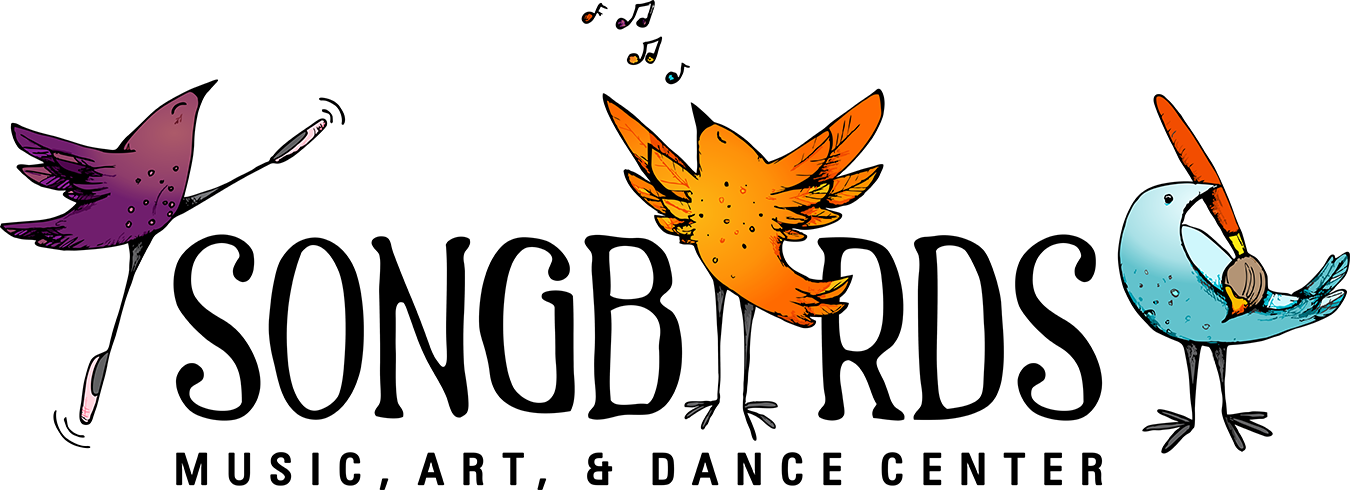It’s almost December, and that means that there is only one month left to finish our series on Musical Modes! If you’ve missed the previous blog posts about it, get caught up at the following links: Dorian, Phrygian, Mixolydian. After today’s post on the lydian mode, we only have two more to go! (yes, I know there are three left, but trust me on this) You’re almost a musical master of modes!
Lydian and Mixolydian are Cousins:
The most recent post in this series was all about Mixolydian. You’ll remember that Mixolydian is just a Major (Ionian) scale with the seventh note lowered. There’s just that one difference! Similarly, Lydian mode only changes one note from the major scale. This is easy to remember as their names are so similar, plus they have distinct tonal differences. Lydian, as we’ll soon learn, sounds bright and a bit otherworldly. I remember this because “Lydian” sounds exotic and maybe like the name of a planet from a distant galaxy. Mixolydian simply “mixes it up” by changing the note that is altered. Mixolydian sounds much darker and more brooding than Lydian.
How to Make the Lydian Mode:
Let’s start with our good ‘ol C Major scale:
C – D – E – F – G – A – B – C
To make Lydian, we just have to raise the fourth scale degree by one half step. That means that in C Major, the fourth note “F” will become “F#”.
The C Lydian scale is:
C – D – E – F# – G – A – B – C
Traditionally, the fourth scale degree is powerful and has a lot of weight when writing melodies and harmonies. The alteration in Lydian mode really sounds surprising and makes the listener pay attention! You probably know that half-step relationships are also powerful and can pull the melody of the piece into new and exciting areas. The half-step between the Lydian F# and the G in the above scale is cool and unique – it pulls us towards G effortlessly and makes a lot of Lydian pieces sound like they are floating, ethereal, or happy!
Harmonies in Lydian:
Some modes suit harmony writing better than others, and Lydian is a flagship example. Let’s look at the normal diatonic chords of C Major without any alteration. Remember that these are only the triads, and we aren't considering extended harmonies yet. This means that you don't need to worry about 7ths or anything further. Those C Major triads are:
C – Dm – Em – F – G – Am – Bdim – C
Now, if we change our scale to C Lydian, the chords will look like this (due to the raised fourth):
C – D – Em – F#dim – G – Am – Bm – C
Immediately, we can see some cool and exciting things happening. The biggest and most “Lydian-sounding” change is with the second chord. The Major 2 chord (II) is the quintessential sound of Lydian, especially when it is put up against the 1 chord (I). We still have a diminished chord in the row, much like any standard major key, but it has changed position. That F# diminished gives even more pull towards the dominant chord (V), or G major. This is a useful tool for pivoting with key changes or giving extra finality and resolution to the piece’s harmony. Lastly, the last three chords in the row (Am, Bm, C (or vi, vii, I)) can be used in series for a medieval or mellow sound – a pleasing progression with little pull that drifts listlessly through the music.
Examples of Songs in Lydian:
You may be surprised to learn that there are A LOT of these! My personal favorite is Man on the Moon by REM because it is in C Lydian. It uses all of the chords and tricks that we outlined already, and it’s easy to follow. The verses are only C to D, hammering home that unique Lydian sound and contributing to the cool imagery of being in space.
Dreams by Fleetwood Mac is another excellent example. Much like Man on the Moon, Dreams uses the Lydian Major I, Major II chord progression throughout the verse.
Jane Says, the surprising acoustic jam by Jane’s Addiction, is also Lydian. It only uses the I and II chords for the entire song! Lastly, Human Nature by Michael Jackson boasts heavy but intricate use of the Lydian II chord throughout the verses and choruses.
Conclusion:
I hope that this post has given you the knowledge and confidence to experiment with Lydian in your soloing and writing! It’s a lovely mode, and it’s easy to throw that #4 note in there to spice up your sound. Stay tuned for the last two posts in this series on our Knowledge Blog, and until then, keep jammin’!




